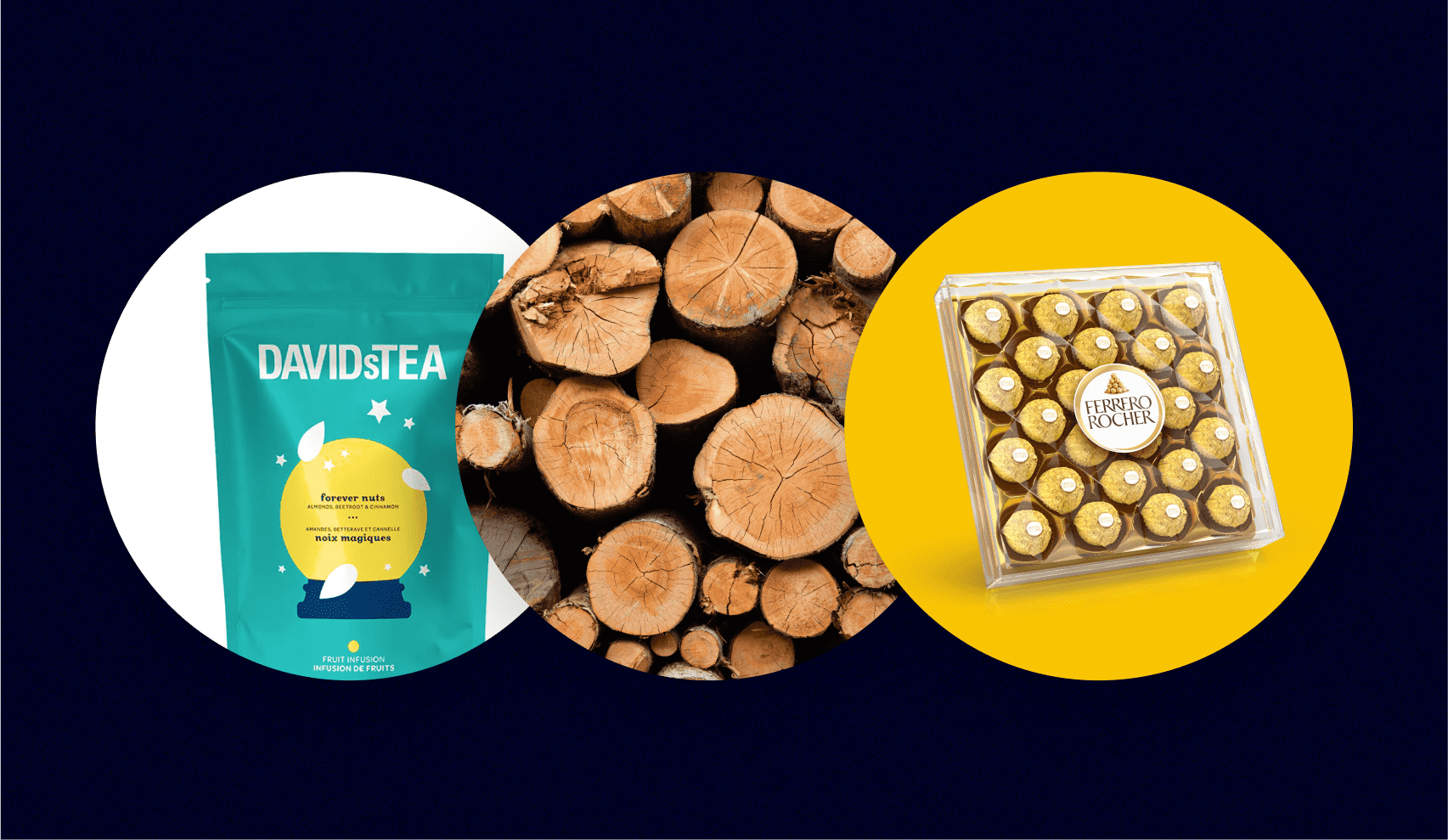Table of Contents
1. The current trade climate: What Amazon sellers need to know
2. Identifying profitable & low-risk Canadian imports for Amazon
3. Tariff considerations: How to protect your margins
4. Supply chain resilience: Reducing risk amid political shifts
5. Future-proofing your Amazon business
Content
expand_moreTable of Contents
1. The current trade climate: What Amazon sellers need to know
2. Identifying profitable & low-risk Canadian imports for Amazon
3. Tariff considerations: How to protect your margins
4. Supply chain resilience: Reducing risk amid political shifts
5. Future-proofing your Amazon business
Canada has long been a key trade partner for the United States, offering Amazon sellers a reliable source of diverse products. However, recent tariff changes have introduced new challenges.
The United States announced a 25% tariff on imports from Canada, originally set to take effect in February 2025 but delayed by 30 days to March 2025. This temporary delay gives Amazon sellers a critical window to reassess sourcing strategies and mitigate potential cost increases.
Understanding these changes and preparing your Amazon business accordingly is essential to maintaining profitability in an increasingly volatile trade environment.
1. The current trade climate: What Amazon sellers need to know
The proposed tariffs impose a 25% tax on most Canadian imports, with some exceptions:
- Energy resources (such as oil and natural gas) face a lower 10% tariff.
- Certain agricultural and manufacturing goods may qualify for exemptions or reduced tariffs.
- Future tariff escalations or renegotiations could further impact trade costs.
These tariffs are being implemented despite the United States-Mexico-Canada Agreement (USMCA) still being in place. Although USMCA was designed to reduce trade barriers, these new tariffs disrupt previous cost advantages, forcing Amazon sellers to rethink sourcing strategies.
30-Day delay: What it means for sellers
The delay until March 2025 presents an opportunity for sellers to:
- If you source products from Canada (or Mexico), it is time to stock up on inventory before/if the tariffs take effect. Also, use this time to look for sourcing opportunities in other countries, such as the US.
- Renegotiate supplier contracts and payment terms. Jon Elder on LinkedIn suggests sellers negotiate Net 60 terms with their suppliers as it gives you more time to sell through your inventory.
- Adjust pricing strategies if necessary to accommodate increased costs. Do your best to negotiate better pricing or terms with your suppliers so that you do not pass the costs on to your customers.
Jungle Scout insight:
- Competitive Intelligence: Monitor your top competitors over time to see how they adapt their pricing with the tariffs and identify whether you’re gaining or losing market share.
If you see your competitors slightly raising their pricing, this could indicate that they were affected by the tariffs.
- Sales Analytics: Use Jungle Scout Sales Analytics to calculate profitability calculations based on new landed costs if your business was affected by tariffs. Track where your competitors are pricing their products and ensure you are still profitable if your landed costs increase.
Learn more about how Competitive Intelligence can be used to monitor your top competitors and track your market share.
2. Identifying profitable & low-risk Canadian imports for Amazon
To navigate the potential tariffs on Canada, here are some product categories that may be at risk and some that are safer bets.
Product categories at risk vs. safe bets
Some categories will be more impacted than others. Understanding which products are at risk is key to making informed sourcing decisions.
- High-risk categories:
- Consumer goods such as metals, textiles, and certain food products.
- Electronics and auto parts, which rely heavily on raw materials.
- Low-margin products, where a 25% cost increase makes profitability difficult.
- Lower-risk categories:
- USMCA-qualified products that may still benefit from reduced tariffs.
- Essential items with strong demand and the ability to absorb price increases.
- High-margin products that provide more flexibility in pricing.
Regulatory & compliance considerations
- Rules of origin: Ensure that your products meet USMCA criteria to qualify for lower tariffs.
- Proper import documentation: Missing paperwork can lead to delays and increased costs.
- Tax benefits & duty drawbacks: Some importers may qualify for refunds or tax deductions on certain items.
Jungle Scout insight:
- Demand Analysis via Competitive Intelligence: Use Competitive Intelligence to identify profitable and in-demand categories that can withstand cost increases.
- Jungle Scout Supplier Database: Locate manufacturers in countries less impacted by tariffs to source your products.
3. Tariff considerations: How to protect your margins
The25% tariff breakdown: Cost implications
A 25% tariff significantly affects the cost structure of imported goods. For example:
- If a product previously cost $100, the new tariff increases it to $125, forcing sellers to either absorb the cost or pass it on to consumers.
- Additional shipping, customs clearance fees, and warehousing costs could further drive up expenses, making cost control a top priority.
30-Day window to act:
- Stock up on affected inventory: Take advantage of the pre-tariff period to save costs and stock up on inventory of your best-selling products.
- Renegotiate supplier contracts: Secure better terms before tariffs hit by discussing new pricing structures with Canadian partners.
Cost mitigation strategies:
- Reclassify products: Some items might qualify under lower tariff categories, requiring a detailed review of import classifications.
- Negotiate with suppliers: Discuss cost-sharing agreements, and payment terms, or explore bulk order discounts to minimize per-unit price hikes.
- Optimize fulfillment: Consider bonded warehouses or direct-to-FBA shipping to reduce logistics expenses.
- Leverage duty drawbacks: Some sellers may qualify for partial tariff refunds, providing an opportunity to recover costs.
4. Supply chain resilience: Reducing risk amid political shifts
Diversify supplier base
- Alternative Suppliers: Consider domestic U.S. manufacturers or other low-tariff regions.
- Leverage Jungle Scout’s Supplier Database: Compare supplier pricing & reliability to find cost-effective alternatives.
Shipping & logistics strategies
- Use strategic warehousing: Reduce costs through optimized inventory storage.
- Consider 3PL providers: Third-party logistics companies may help minimize cross-border delays and fees.
Jungle Scout Insight:
- Market Share Intelligence: Monitor demand shifts due to tariff changes using Competitive Intelligence.
5. Future-proofing your Amazon business
As an Amazon or ecommerce seller, you have to be prepared for things to change, whether from the platform itself or things happening worldwide.
Monitor trade & tariff policy updates
- Stay ahead of policy changes by following government trade announcements.
- Join Amazon seller forums and trade groups to discuss strategies with peers.
Use data for smarter sourcing
- Jungle Scout’s tools can help sellers predict demand shifts and optimize sourcing decisions.
- Consider long-term supplier contracts to lock in favorable pricing before further tariff hikes.
Expand to international markets
- Explore selling in international Amazon Marketplaces in Europe, Canada, or Mexico to bypass U.S. import tariffs.
Conclusion
While imports from Canada remain viable, sellers must act swiftly to prepare for the upcoming tariffs. The 30-day delay offers a unique window to reassess sourcing, stock up on inventory, and implement cost-saving strategies.
Jungle Scout provides essential tools to help sellers analyze trends, source smarter, and protect profits in a shifting trade landscape.
Stay ahead of trade shifts — Try Jungle Scout today.
Brian Connolly is an Amazon seller, ecommerce expert, and writer for Jungle Scout. He lives in the New Jersey Shore area with his wife and cat. When he isn’t writing advice online for aspiring and experienced Amazon sellers for Jungle Scout, he spends his free time boating, fishing, and selling boating-themed items on his Amazon business.










